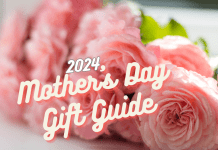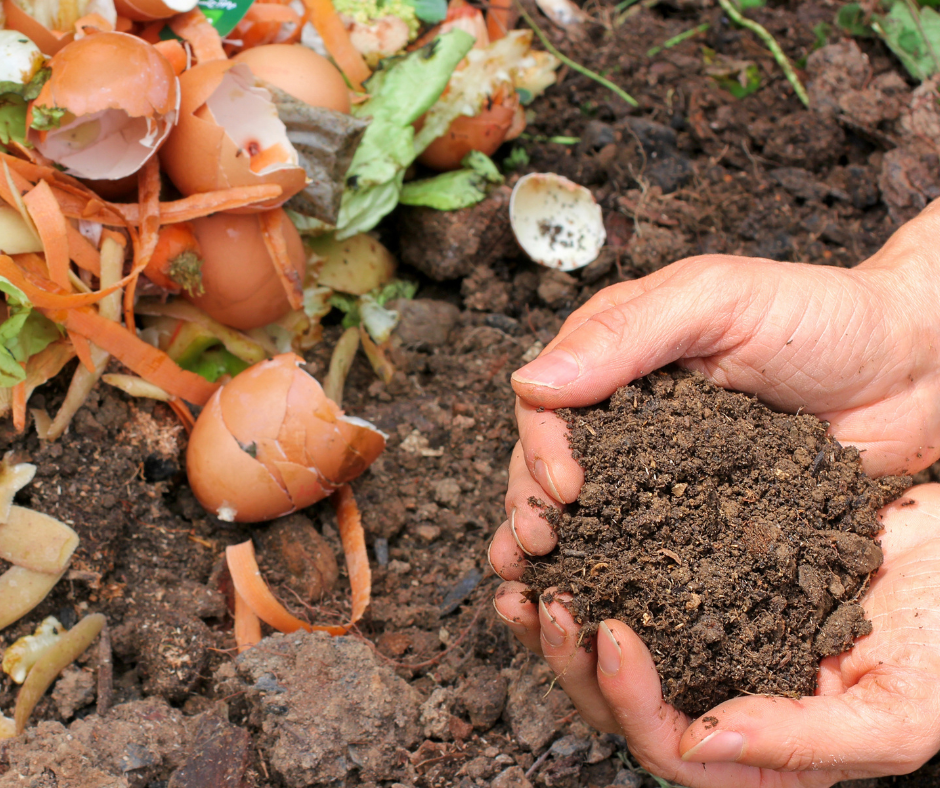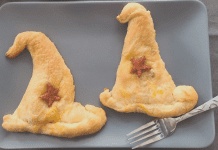Have you ever walked around with your kids and talked about where leaves end up after they fall from the tree? It’s a pretty fun way to start the topic of decaying matter. After all the insects die off and leaves crumble, the starting process of breaking down begins. Everything turns back into the soil. This is nature’s super cool way of recycling.
What is Composting?
Composting is the natural process of organic materials like food and yard waste breaking down into dark matter, much like soil. How cool is it that we can convert waste into healthy organic soil!
Composting is a great way to show your kids how to convert waste into nutrient soil. It also connects us to mother nature, offering a new level of understanding for the life cycle. They will even learn how temperature plays a role in the decomposition process as they watch different materials break down. Natural cycles of life, death, rebirth, and the recycling of nutrients in the ecosystem.
As living matter dies, organisms known as decomposers consume it, breaking it into smaller components that are added into soil. Reducing waste should be a goal for every family. Composting can also help remind your kids that they are part of a bigger picture. What they do really matters. By composting they are stepping up to care for our environment and give back to the land. Just as each microorganism deep within the compost pile individually is small, when all the organisms work together they are able to decompose large amounts of waste and contribute beautiful, rich soil that can be added to any garden.
Composting is really for anyone. You don’t even need a vegetable garden to compost. If you live in the city, you can compost. Once you start you will be amazed at how much waste you are keeping out of our landfills.
Resources For Compost Study Unit
Outdoor Compost Bin – you can use a simple Rubbermaid bin also.
Compost Starter Organic Microbe Starter
Now You See It Now You Don’t Kid Compost Science Experiment
Start Your Own Compost
Start with reading a story about composting. I chose Compost Stew by Mary McKenna Siddals. After the story I collected everything I needed for the clear “now you see it now you don’t” science experiment and let my kids fill the sections themselves. We did a couple worksheets that were age appropriate for both my preschooler and third grader.
Then we took a small flip lid bathroom trash can from HomeGoods and made labels for it to keep in our kitchen. You can start with any small container in your kitchen, one that you can move into a bin outside. Oliver (my three year old) and I built our rotating outdoor compost bin. He loves anything that involves a tool. And so our journey began…
If you don’t have a vegetable garden yet, you can make compost for your potted plants. Another fun idea would be to donate your compost to a local school or community garden. I personally love the idea of having your kiddos jar it and start selling it! Anything to get those young entrepreneur minds going. Turn your lemonade stand into soil goddess organic matter.
Science
All composting requires three basic ingredients (try to keep equal parts brown to greens):
- Browns – This includes materials such as dead leaves, feathers, branches, and twigs.
- Greens – This includes materials such as grass clippings, vegetable waste, fruit scraps, and coffee grounds.
- Water – Having the right amount of water, greens, and browns is important for compost development. Your compost pile should have an equal amount of browns to greens. You should also alternate layers of organic materials of different-sized particles. The brown materials provide carbon for your compost, the green materials provide nitrogen, and the water provides moisture to help break down the organic matter.
- Select a dry, shady spot.
- Add brown and green materials as they are collected, making sure larger pieces are chopped or shredded.
- Moisten dry materials as they are added.
- Cover the top of the compost with a lid to keep it moist. When the material at the bottom is dark and rich in color, your compost is ready to use.
Get a Thermometer
Talk to your kids and explain what causes compost heat up. Let them know that when a compost pile begins to work and break down, the inside of the pile starts getting warm. When the material breaks down, or decomposes, it releases energy in the form of heat. The heat is important because it sterilizes, or makes safe, the compost for people to use it later. We use different tools to measure things. For weight, we use scales, for length, we use rulers, and for temperature, we use thermometers. Find a thermometer and go over how to read it with them. The temperature of an active compost pile is usually about 140 degrees Fahrenheit or about 60 degrees Celsius.
Download and print this fun cut and paste worksheet: Cut and Paste
Fun Snack Time Recipe
Layer a glass cup with the following: Marshmallows for the bedrock. Cheerios as the subsoil. Chocolate rice crisps for the topsoil and mix in mini m&ms for the humus. Top it all off with some gummy worms. I bet they will remember the soil layers after this fun activity.
Have Fun Composting
Thanks for being here alongside me on this journey.

















